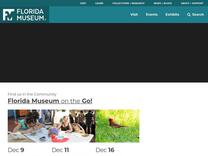Florida Green Watersnake – Florida Snake ID Guide https://www.floridamuseum.ufl.edu/florida-snake-id/snake/florida-green-watersnake/
NON-VENOMOUS Other common names Florida Green Water Snake Basic description Most adult Florida Green Watersnakes are about 30-55 inches (76-140 cm) in total length. Adults are stout-bodied snakes and may be greenish, brownish, or orangish, with no real distinctive markings other than dark speckl
They have not been recorded in Escambia, Santa Rosa, Okaloosa, and Holmes counties

